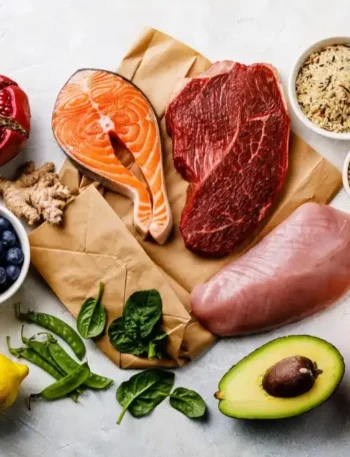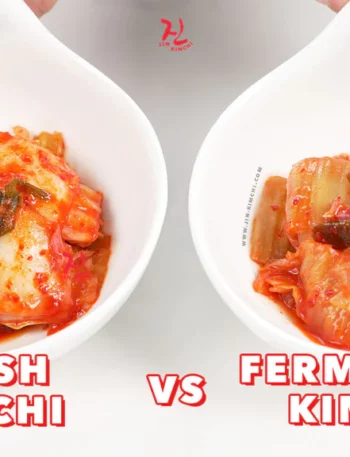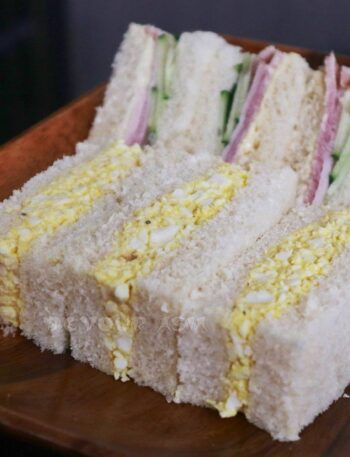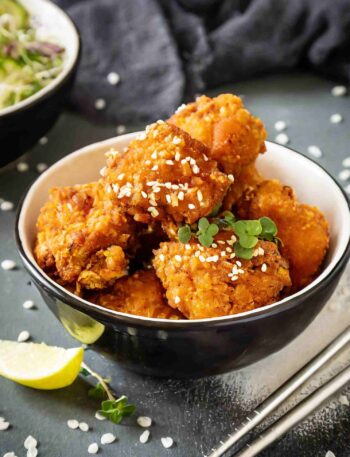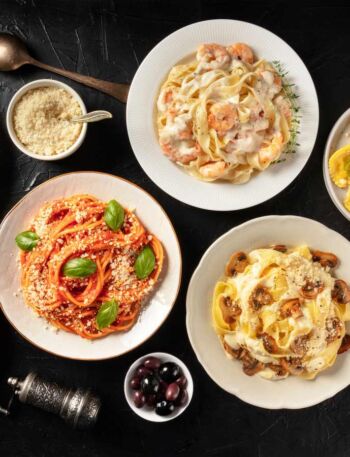
In the labyrinth of dietary trends, two giants stand tall, each boasting a legion of devoted followers: Paleo and Whole30. Navigating the realm of clean eating can be perplexing, especially when faced with the nuanced distinctions between these two wellness juggernauts.
In this gastronomic expedition, we’ll unravel the captivating tapestry of two prominent players in the wellness arena: Paleo and Whole30. Beyond being mere diets, these are lifestyles that beckon us to reconsider the way we nourish our bodies.
Join us as we delve into the nuanced distinctions between Paleo and Whole30, exploring the origins, dietary guidelines, and nutritional philosophies that set them apart in the quest for optimal well-being.
1. Understanding the Origins
Paleo: Rewinding to Our Ancestral Roots
The Paleo diet, short for Paleolithic, harks back to our hunter-gatherer ancestors. Advocates of this dietary regimen believe in consuming foods that our pre-agricultural ancestors would have eaten, emphasizing whole foods like lean meats, fish, fruits, vegetables, nuts, and seeds. The underlying philosophy is to mirror the diet of our ancient forebears, steering clear of processed foods, grains, dairy, and legumes.
Whole30: A 30-Day Reset
In the realm of dietary overhauls, Whole30 emerges as a 30-day nutritional reset. Conceived by Melissa and Dallas Hartwig, this program is designed to identify and eliminate potentially problematic foods. Participants adhere to a strict regimen for a month, excluding grains, dairy, sugar, legumes, and certain food additives. The focus is on whole, unprocessed foods that nourish the body and promote overall well-being.
2. Dietary Guidelines
Paleo: Crafting a Caveman Culinary Canvas
The Paleo diet emphasizes the consumption of nutrient-dense foods that fuel the body without burdening it with processed additives. The menu revolves around lean meats, seafood, fruits, vegetables, nuts, and seeds. The exclusion of grains and legumes is a cornerstone, reflecting the belief that these foods were not part of our ancestors’ diets.
Whole30: A 30-Day Cleanse
Whole30, on the other hand, presents a more structured approach, not just in terms of food choices but also in duration. It serves as a comprehensive cleanse, eliminating potential allergens and irritants for a month. After this period, participants systematically reintroduce foods to identify any triggers, allowing for a personalized understanding of their body’s responses.
3. Nutritional Philosophies
Paleo: Nutrient Density and Evolutionary Wisdom
The Paleo diet champions the concept of nutrient density, emphasizing foods rich in vitamins, minerals, and essential nutrients. Proponents argue that aligning our diet with the evolutionary patterns of our ancestors promotes better digestion, improved energy levels, and overall health.
Whole30: Resetting the Relationship with Food
Whole30 extends beyond the realm of physical health, delving into the psychological aspects of eating. It encourages participants to examine their relationship with food, addressing emotional and habitual connections. The program aims to foster a healthier mindset, breaking free from the chains of cravings and fostering a renewed appreciation for whole, nourishing foods.
In the dichotomy of Paleo and Whole30, both dietary philosophies offer unique approaches to achieving a healthier lifestyle. Whether you choose to journey back in time with the Paleo diet or embark on a 30-day reset with Whole30, the key lies in understanding your body’s needs and finding a sustainable path to wellness. So, lace up your culinary boots and explore the bountiful landscapes of clean eating, where every meal is a step towards a healthier, more vibrant you.
So here is a recipe that is paleo and whole30 friendly:
FAQs
What is the fundamental difference between Paleo and Whole30?
– Paleo revolves around mimicking the diet of our pre-agricultural ancestors, focusing on whole foods like meats, fruits, and vegetables, while excluding grains and legumes.
– Whole30, a 30-day program, is a comprehensive nutritional reset that eliminates grains, dairy, sugar, legumes, and certain additives to identify potential food sensitivities.
Can I have dairy on either the Paleo or Whole30 diet?
– Paleo: No, dairy is typically excluded as it wasn’t consumed by our ancestors.
– Whole30: Dairy is eliminated during the 30-day reset, but the reintroduction phase allows you to evaluate its impact on your body.
Are grains allowed in either diet?
– Paleo: No, grains are excluded due to the belief that they were not part of the ancestral diet.
– Whole30: Grains are eliminated during the 30-day reset, and their reintroduction is carefully monitored.
How do these diets address sugar consumption?
– Paleo: Processed sugars are avoided; natural sugars from fruits are encouraged in moderation.
– Whole30: All forms of added sugars, including natural sweeteners, are eliminated during the 30-day reset to break the cycle of cravings.
Can I follow these diets if I’m a vegetarian or vegan?
– Paleo: It can be challenging, as the diet heavily emphasizes animal products, but some modifications can be made to accommodate plant-based choices.
– Whole30: While challenging, it’s possible with careful planning to ensure you get adequate protein and nutrients during the 30-day reset.
Is alcohol allowed on Paleo or Whole30?
– Paleo: Some versions allow for moderate alcohol consumption, preferably in the form of wine or spirits.
– Whole30: Alcohol is strictly prohibited during the 30-day reset to promote a clean slate for evaluating overall health.
Do these diets promote weight loss?
Both diets can lead to weight loss due to their emphasis on whole, nutrient-dense foods and the elimination of processed items. However, individual results may vary.
What’s the role of exercise in Paleo and Whole30?
Both diets encourage a holistic approach to health, including regular exercise. Paleo, in particular, aligns with the active lifestyle of our ancestors.
How do I reintroduce foods after the Whole30 reset?
The reintroduction phase is gradual, with one eliminated food group reintroduced at a time. This helps identify any adverse reactions or sensitivities.
Are cheat days allowed on Paleo or Whole30?
While some variations of these diets allow for occasional indulgences, the emphasis is on long-term commitment. Cheat days may hinder progress, and moderation is key if deviations are permitted.


